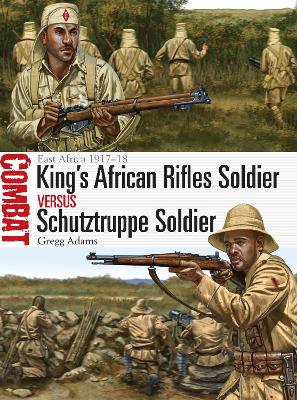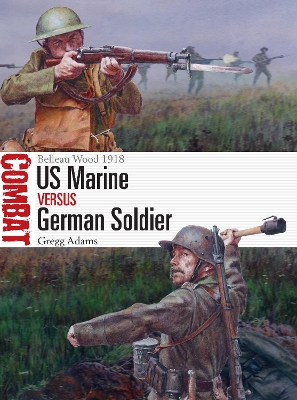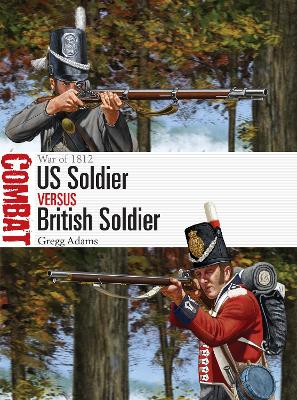Combat
4 total works
Specially commissioned artwork and thrilling combat accounts transport the reader to the far-flung and inhospitable East African theatre of World War I, where the Schutztruppe faced off against the King's African Rifles. In an attempt to divert Allied forces from the Western Front, a small German colonial force under the command of Oberst Paul von Lettow-Vorbeck raided British and Portuguese territory. Despite being heavily outnumbered, his expert use of guerrilla tactics forced the British to mount a series of offensives, culminating in a major battle at Nyangao-Mahiwa that saw both sides suffer heavy casualties.
Meticulously researched analysis highlights the tactical and technological innovation shown by both armies as they were forced to fight in a treacherous climate where local diseases could prove just as deadly as the opposition.
Meticulously researched analysis highlights the tactical and technological innovation shown by both armies as they were forced to fight in a treacherous climate where local diseases could prove just as deadly as the opposition.
After the US declaration of war on Germany, hundreds of thousands of American troops flooded into France and were thrust into the front line. Among them was the US Marine Corps' 4th Marine Brigade whose first major action was the battle of Belleau Wood in June 1918, fighting elements of Germany's 10th, 28th, and 237th Infantry divisions. Volunteers to a man, the newly arrived Marines faced experienced but war-weary German conscripts whose doctrine had been honed by nearly four years of conflict on the Western Front. During the fighting, the Germans are alleged to have given the nickname "Devil Dogs" to the Marines, and Belleau Wood has become enshrined in the Corps' heritage.
Employing first-hand accounts and specially commissioned artwork, this book investigates three different actions that shaped the course of the bitter battle for Belleau Wood, revealing the interplay of doctrine, tactics, technology, leadership, and human endeavour on the brutal battlefields of World War I.
Employing first-hand accounts and specially commissioned artwork, this book investigates three different actions that shaped the course of the bitter battle for Belleau Wood, revealing the interplay of doctrine, tactics, technology, leadership, and human endeavour on the brutal battlefields of World War I.
Between June 1812 and January 1815, US and British forces, notably the regular infantrymen of both sides (including the Canadian Fencibles Regiment), fought one another on a host of North American battlefields. This study examines the evolving role and combat performance of the two sides’ regulars during the conflict, with particular reference to three revealing battles in successive years: Queenston Heights, Crysler's Farm, and Chippawa.
Featuring full-color artwork and battle maps, this fully illustrated study investigates the US and British regular infantry’s role, tactics, junior leadership, and combat performance on three battlefields of the War of 1812. The actions assessed here notably demonstrate the evolution of US regulars from their initial poor showing to an emerging professionalism that allowed them to face their British opponents on equal terms.
Featuring full-color artwork and battle maps, this fully illustrated study investigates the US and British regular infantry’s role, tactics, junior leadership, and combat performance on three battlefields of the War of 1812. The actions assessed here notably demonstrate the evolution of US regulars from their initial poor showing to an emerging professionalism that allowed them to face their British opponents on equal terms.



